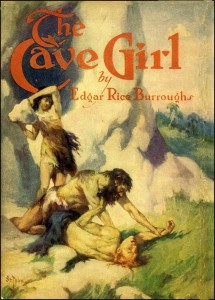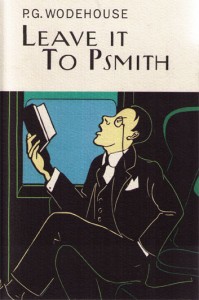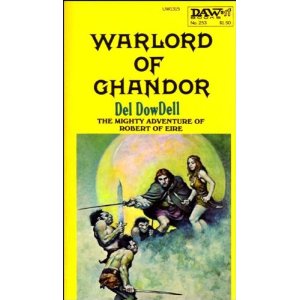At one point, Waldo Emerson Smith-Jones is chased by cavemen up the side of a cliff. The way to turn this into a D&D encounter is to have your battlemat represent a vertical plane.
The battle starts with the PCs pursued by an overwhelming number of tough minions (they do 2x normal minion damage).
Everyone starts at one end of the battlemat (ground level). The PCs are trying to get to the other end of the battlemat (the top of the cliff).
Traversing most squares involves Climb checks. Drawn on the battlemat, however, are a maze of platforms connected by horizontal, diagonal, and vertical ladders. Movement along platforms and ladders follows normal walking rules.
On every platform is a stack of rocks. The rocks attack everyone in a vertical line when dropped; this is useful because the pursuing minions often line up vertically, especially when climbing ladders. PCs can also push ladders over, sending climbers to their deaths.
At the back of each ledge is a cave. The PCs don’t know whats in each cave, but the cavemen do. Some caves connect together; one has extra treasure; and one has an escape route from the encounter.












